- Filter By:
-
-
Stock photos and images of username:Antrib

Santo Tirso Chester of Monte Padrao
Stock PhotoUsername
AntribResolution
3333x5000pxSanto Tirso Chester of Monte Padrao


Santo Tirso Chapel Lord of the Padrao
Editorial LicenseUsername
AntribResolution
5552x3701pxSanto Tirso Chapel Lord of the Padrao


Santo Tirso Chester of Monte Padrao
Stock PhotoUsername
AntribResolution
4500x3000pxSanto Tirso Chester of Monte Padrao


Santo Tirso Chester of Monte Padrao
Stock PhotoUsername
AntribResolution
5000x3333pxSanto Tirso Chester of Monte Padrao


Santo Tirso Chapel Lord of the Padrao
Stock PhotoUsername
AntribResolution
5715x3810pxSanto Tirso Chapel Lord of the Padrao


Santo Tirso Chapel Lord of the Padrao
Stock PhotoUsername
AntribResolution
5658x3772pxSanto Tirso Chapel Lord of the Padrao


Santo Tirso Chester of Monte Padrao
Stock PhotoUsername
AntribResolution
5000x3333pxSanto Tirso Chester of Monte Padrao


Santo Tirso Chester of Monte Padrao
Stock PhotoUsername
AntribResolution
5000x3333pxSanto Tirso Chester of Monte Padrao


Santo Tirso Chester of Monte Padrao
Stock PhotoUsername
AntribResolution
4500x3000pxSanto Tirso Chester of Monte Padrao


Santo Tirso Chester of Monte Padrao
Stock PhotoUsername
AntribResolution
5000x3333pxSanto Tirso Chester of Monte Padrao


Santo Tirso Chester of Monte Padrao
Stock PhotoUsername
AntribResolution
5000x3333pxSanto Tirso Chester of Monte Padrao


Santo Tirso Chapel Lord of the Padrao
Stock PhotoUsername
AntribResolution
5490x3660pxSanto Tirso Chapel Lord of the Padrao


Montemuro Mountain Range Panoramic View
Stock PhotoUsername
AntribResolution
5760x3840pxMontemuro Mountain Range Panoramic View


Montemuro Mountain Range Panoramic View
Stock PhotoUsername
AntribResolution
5760x3627pxMontemuro Mountain Range Panoramic View


Montemuro Mountain Range Panoramic View
Stock PhotoUsername
AntribResolution
5760x3840pxMontemuro Mountain Range Panoramic View
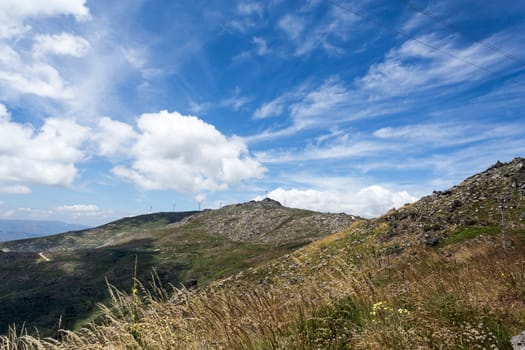

Montemuro Mountain Range Wind Farm
Stock PhotoUsername
AntribResolution
5760x3709pxMontemuro Mountain Range Wind Farm


Parish Church of Castro Daire
Editorial LicenseUsername
AntribResolution
3840x5760pxParish Church of Castro Daire
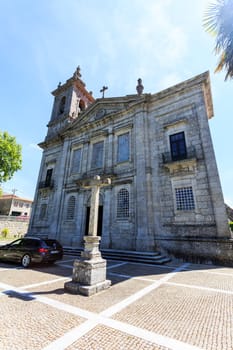

Niche with Station of the Cross image
Editorial LicenseUsername
AntribResolution
4769x3210pxNiche with Station of the Cross image


Niche with Station of the Cross image
Editorial LicenseUsername
AntribResolution
3277x5294pxNiche with Station of the Cross image
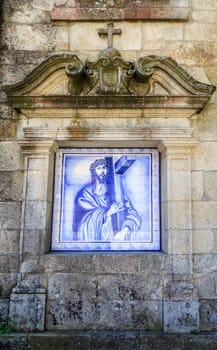

Latin cross at the Necropolis of Forcadas
Stock PhotoUsername
AntribResolution
4739x3479pxLatin cross at the Necropolis of Forcadas


Rural Architecture of the Beira Alta region
Stock PhotoUsername
AntribResolution
4500x3120pxRural Architecture of the Beira Alta region


Rural Architecture of the Beira Alta region
Stock PhotoUsername
AntribResolution
4500x3000pxRural Architecture of the Beira Alta region


Rural Architecture of the Beira Alta region
Stock PhotoUsername
AntribResolution
4500x3240pxRural Architecture of the Beira Alta region


Rural Architecture of the Beira Alta region
Stock PhotoUsername
AntribResolution
4500x3000pxRural Architecture of the Beira Alta region


Detail of the construction of a traditional local granite house of the rural architecture of the Beira Alta region in Portugal
Stock PhotoUsername
AntribResolution
4500x3000pxDetail of the construction of a traditional local granite house of the rural architecture of the Beira Alta region in Portugal


Rural Architecture of the Beira Alta region
Stock PhotoUsername
AntribResolution
4500x3000pxRural Architecture of the Beira Alta region


Dolmen of Cortico or Dolmen of the House of the Orca
Stock PhotoUsername
AntribResolution
5000x3333pxDolmen of Cortico or Dolmen of the House of the Orca


Dolmen of Cortico or Dolmen of the House of the Orca
Stock PhotoUsername
AntribResolution
5000x3333pxDolmen of Cortico or Dolmen of the House of the Orca


Dolmen of Cortico or Dolmen of the House of the Orca
Stock PhotoUsername
AntribResolution
5000x3333pxDolmen of Cortico or Dolmen of the House of the Orca


Dolmen of Cortico or Dolmen of the House of the Orca
Stock PhotoUsername
AntribResolution
5000x3333pxDolmen of Cortico or Dolmen of the House of the Orca


Detail of the construction of a traditional local granite house of the rural architecture of the Beira Alta region in Portugal
Stock PhotoUsername
AntribResolution
3000x4500pxDetail of the construction of a traditional local granite house of the rural architecture of the Beira Alta region in Portugal


Dolmen of Cortico or Dolmen of the House of the Orca
Stock PhotoUsername
AntribResolution
5000x3333pxDolmen of Cortico or Dolmen of the House of the Orca


Dolmen of Cortico or Dolmen of the House of the Orca
Stock PhotoUsername
AntribResolution
3333x5000pxDolmen of Cortico or Dolmen of the House of the Orca
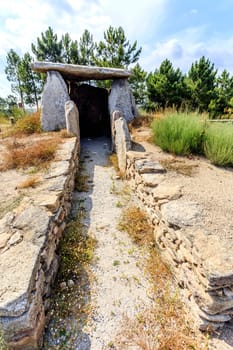

Dolmen of Cortico or Dolmen of the House of the Orca
Stock PhotoUsername
AntribResolution
5000x3333pxDolmen of Cortico or Dolmen of the House of the Orca


Parish Church of Castro Daire
Stock PhotoUsername
AntribResolution
5722x3815pxParish Church of Castro Daire


Parish Church of Castro Daire
Stock PhotoUsername
AntribResolution
4456x2724pxParish Church of Castro Daire


Parish Church of Castro Daire
Stock PhotoUsername
AntribResolution
5059x3373pxParish Church of Castro Daire


Parish Church of Castro Daire
Stock PhotoUsername
AntribResolution
3733x5599pxParish Church of Castro Daire


Graves of the Early Middle Ages Forcadas Necropolis
Stock PhotoUsername
AntribResolution
4920x3173pxGraves of the Early Middle Ages Forcadas Necropolis


Graves of the Early Middle Ages Forcadas Necropolis
Stock PhotoUsername
AntribResolution
4900x3267pxGraves of the Early Middle Ages Forcadas Necropolis


Graves of the Early Middle Ages Forcadas Necropolis
Stock PhotoUsername
AntribResolution
4500x2975pxGraves of the Early Middle Ages Forcadas Necropolis


Graves of the Early Middle Ages Forcadas Necropolis
Stock PhotoUsername
AntribResolution
4900x3267pxGraves of the Early Middle Ages Forcadas Necropolis


Graves of the Early Middle Ages Forcadas Necropolis
Stock PhotoUsername
AntribResolution
4900x3267pxGraves of the Early Middle Ages Forcadas Necropolis
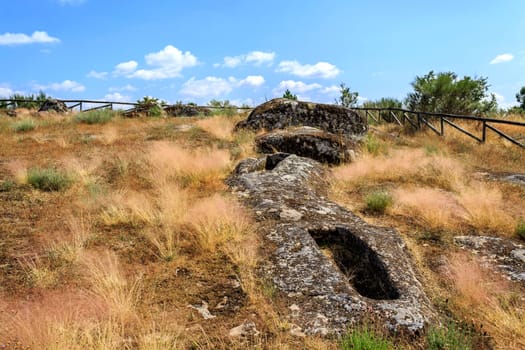

Graves of the Early Middle Ages Forcadas Necropolis
Stock PhotoUsername
AntribResolution
4900x3232pxGraves of the Early Middle Ages Forcadas Necropolis


Christian Necropolis of Forcadas
Stock PhotoUsername
AntribResolution
4900x3267pxChristian Necropolis of Forcadas
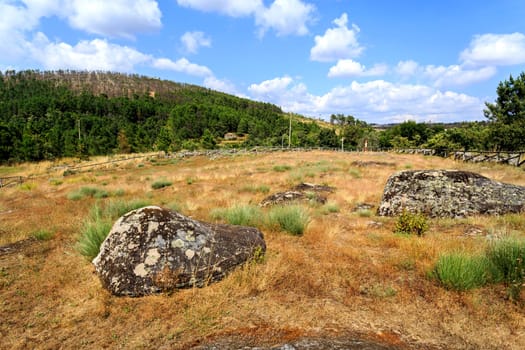

Christian Necropolis of Forcadas
Stock PhotoUsername
AntribResolution
5760x3840pxChristian Necropolis of Forcadas
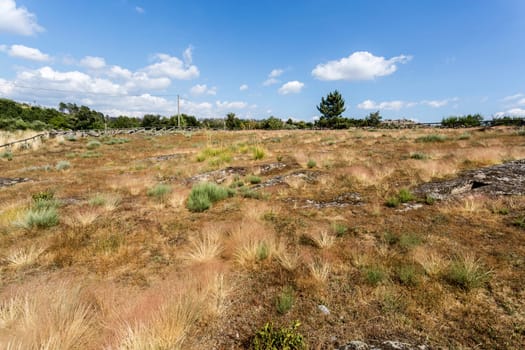

Graves of the Early Middle Ages Forcadas Necropolis
Stock PhotoUsername
AntribResolution
5021x3447pxGraves of the Early Middle Ages Forcadas Necropolis


Graves of the Early Middle Ages Forcadas Necropolis
Stock PhotoUsername
AntribResolution
5157x3495pxGraves of the Early Middle Ages Forcadas Necropolis


Parish Church of Matanca
Stock PhotoUsername
AntribResolution
5722x3815pxParish Church of Matanca


Statue of Christ, the King
Editorial LicenseUsername
AntribResolution
3567x5508pxStatue of Christ, the King

